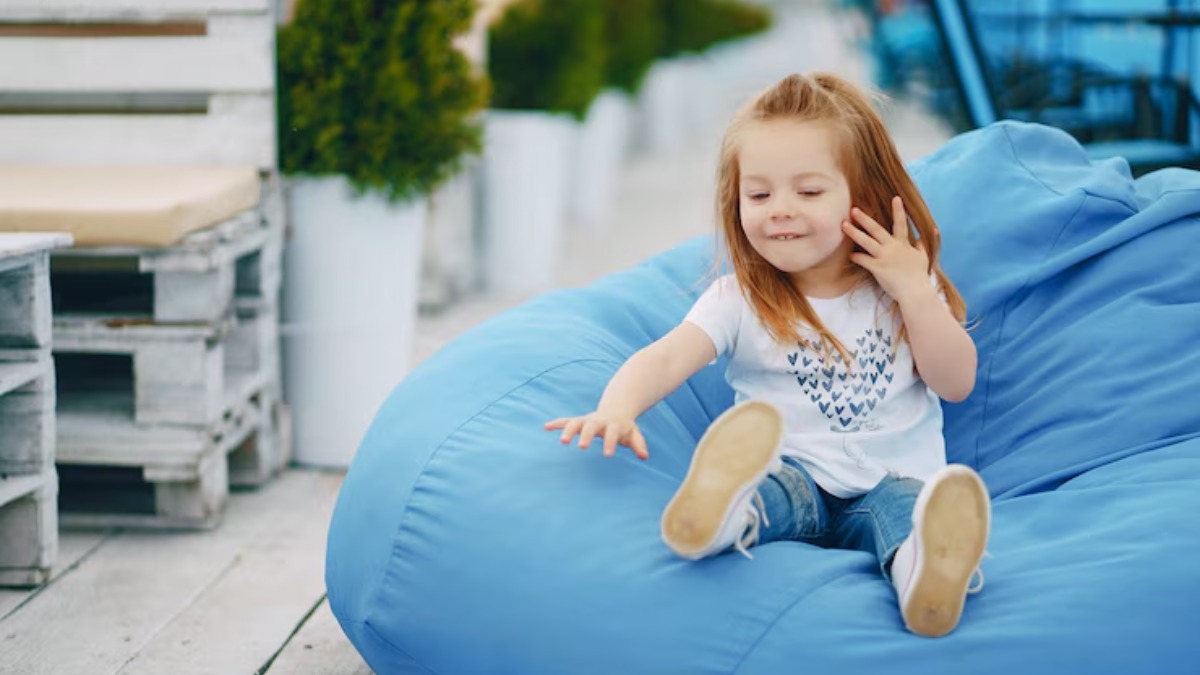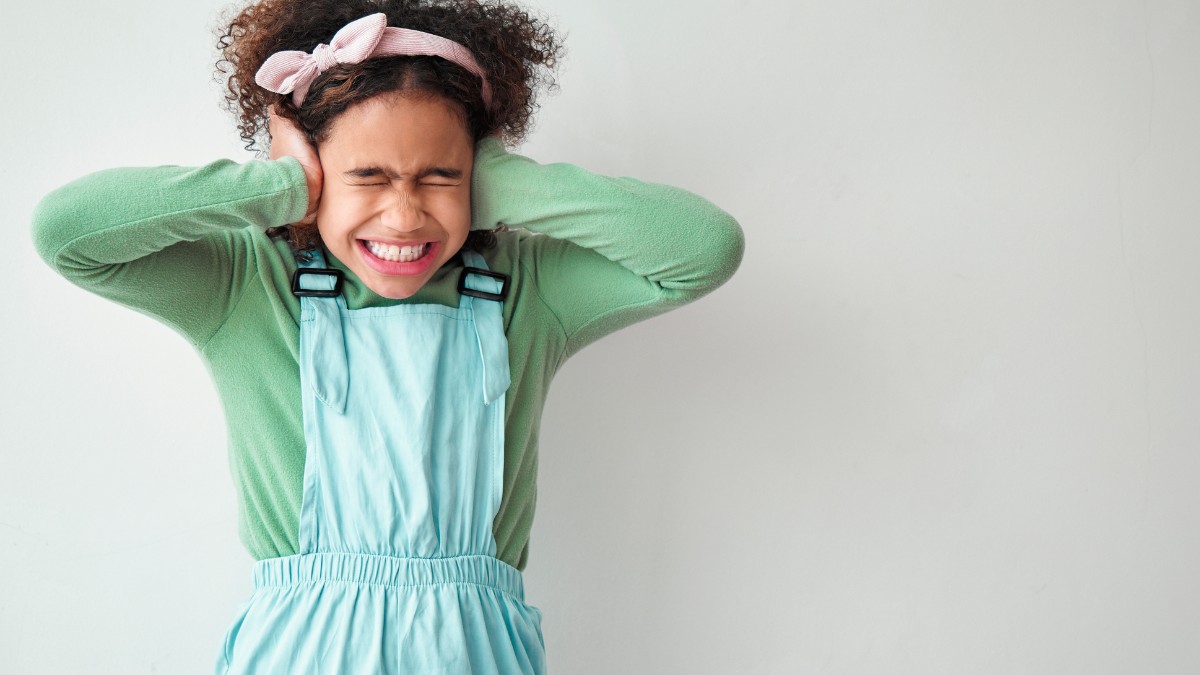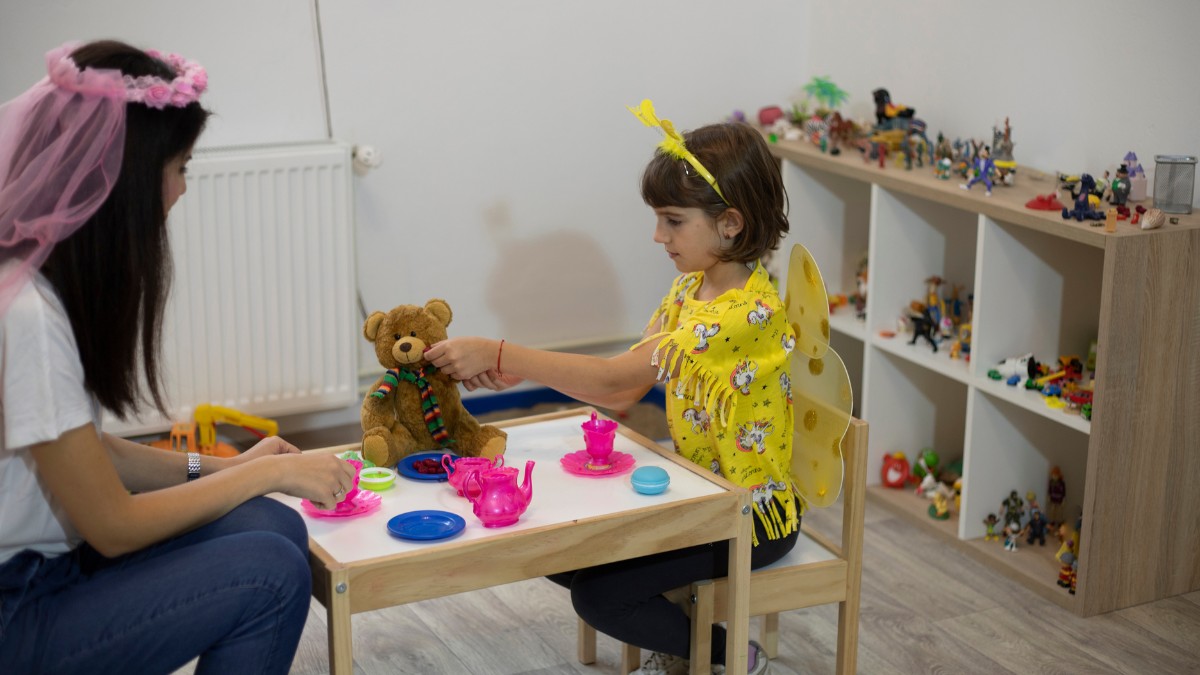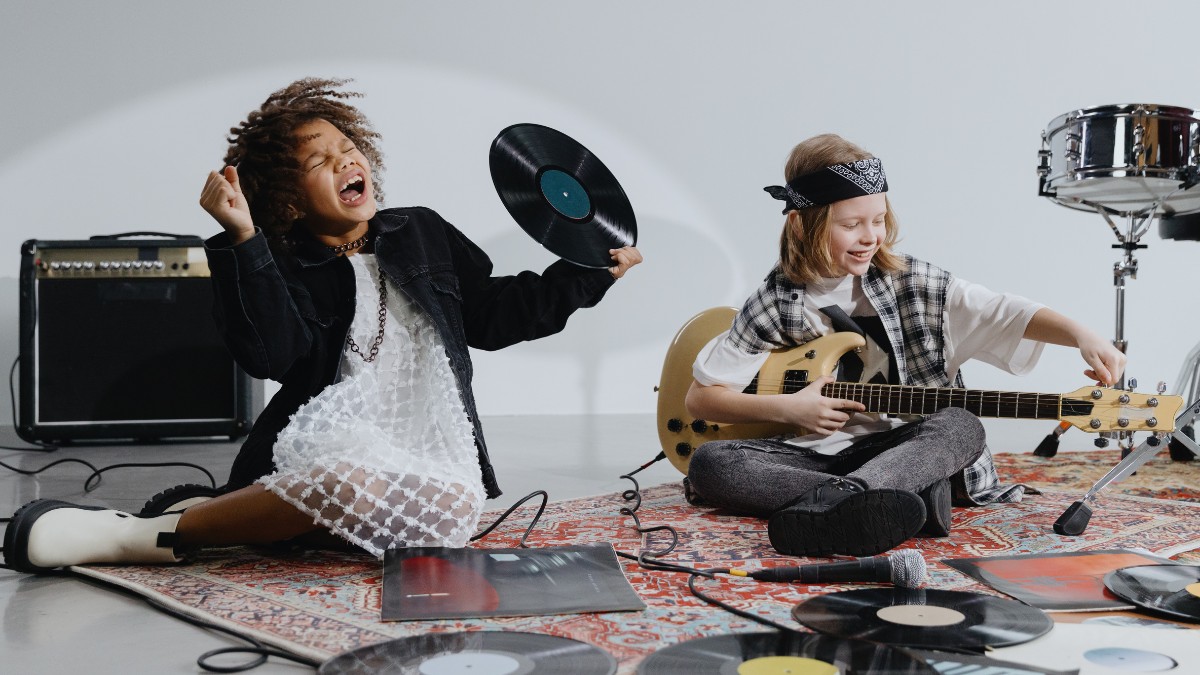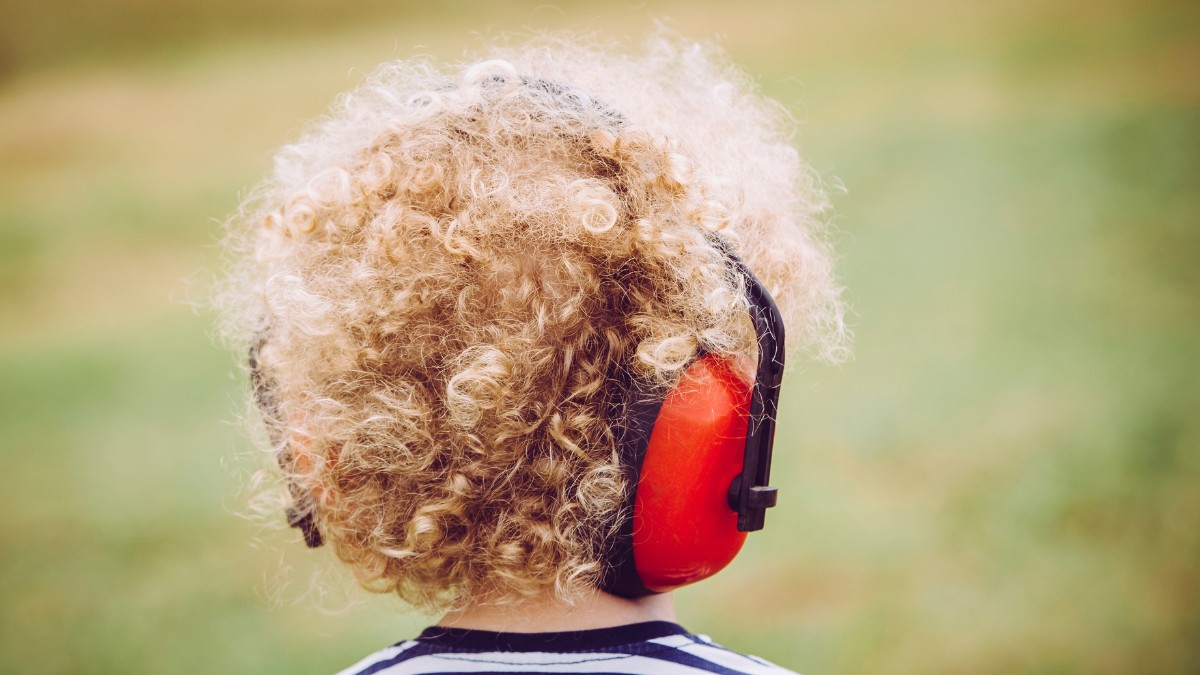Key Points:
- Weighted bean bags for autism provide calming, sensory feedback that helps children regulate behavior and attention.
- These tools are versatile for seated work, motor planning, and sensory play in home or therapy settings.
- Used appropriately, they can support focus, body awareness, and reduce sensory overload.
Weighted sensory tools have become essential aids in many autism therapy routines. Among these tools, weighted bean bags for autism stand out for their simplicity, portability, and effectiveness. These bean bags apply gentle, consistent pressure that can help children with autism calm their nervous systems, build motor skills, and stay more focused.
Many parents are introduced to these sensory supports through occupational therapy or behavioral therapy sessions. Understanding how they work—and how to use them safely and effectively—can help parents integrate them into everyday routines with confidence.
What are Weighted Bean Bags for Autism?
Weighted bean bags for autism are therapeutic tools filled with materials like plastic pellets or rice that provide deep pressure input, helping children regulate their sensory systems. They can be held, placed on the lap, thrown, or used during exercises for calming or sensory engagement.
These tools are particularly useful for children with sensory processing difficulties, ADHD, or autism spectrum disorder. The consistent, proprioceptive input they deliver can support emotional regulation, attention, and motor planning.
Why are Weighted Bean Bags Helpful for Autistic Children?
Children on the spectrum often experience sensory input differently from their neurotypical peers. Some are hypersensitive to touch and movement, while others seek out more intense sensations. Weighted bean bags can help both types of sensory profiles by offering structured input in a non-threatening way.
The deep pressure provided through the bean bag helps activate the proprioceptive system—the sense that tells us where our body is in space. This feedback helps kids feel more secure in their bodies, reduces restlessness, and can lead to better concentration and calmness. Similar to how deep pressure supports sensory regulation, engaging tactile activities can also offer calming input—explore more ideas in our article Best Sensory Boards for Autism with Engaging DIY Ideas.
How Do You Use Weighted Bean Bags in Autism Therapy?
In therapy settings, weighted bean bags are often incorporated into sensory integration exercises or calming routines. They can be used in various ways depending on the child’s needs and therapy goals.
Here are several common uses:
1. Lap Placement During Seated Activities
Placing a weighted bean bag on the lap helps provide grounding input, improving focus and reducing fidgeting during desk or table work.
2. Throwing and Catching Games
Using bean bags in catch or toss games supports hand-eye coordination, timing, and gross motor planning in a fun, engaging way.
3. Body Awareness Tasks
Placing bean bags on shoulders or legs offers deep pressure input, enhancing proprioception and calming sensory-seeking or anxious behaviors.
4. Obstacle Courses or Relay Activities
Including bean bags in physical challenges promotes movement, balance, and sensory-motor integration while keeping therapy sessions dynamic.
5. Quiet Time or Transition Periods
Weighted bean bags can help calm children before or after transitions, supporting emotional regulation and smoother activity shifts.
The key is flexibility—these tools can fit into structured routines or free play, depending on how the child responds.
What are the Benefits of Weighted Bean Bags for Autism?
While each child is unique, many families and therapists report consistent benefits from regular use of weighted bean bags. These tools can help address both behavioral and sensory needs without needing complex equipment or preparation.
Some of the most notable benefits include:
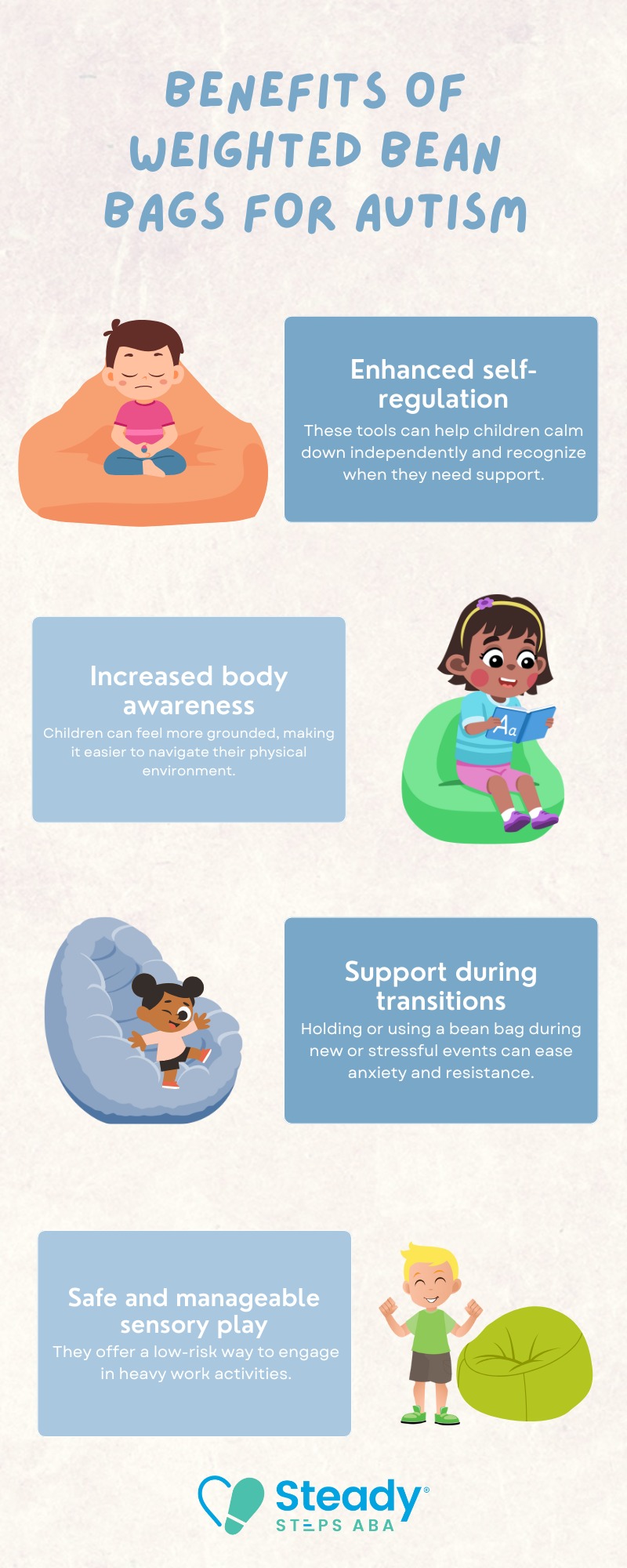
Are There Any Risks or Concerns with Weighted Tools?
While weighted tools are generally safe when used properly, it’s essential to consider the child’s size, sensory profile, and comfort level. Too much weight or overuse can become overwhelming, rather than calming.
Parents should introduce these tools under the guidance of a therapist, especially if their child has other medical or sensory considerations. Monitoring how the child responds—and adjusting based on cues like agitation, resistance, or relaxation—is key to safe use. For more insight into how sensory tools can offer calming effects when used correctly, check out our article How Weighted Blankets Support Individuals with Autism.
What Types of Weighted Bean Bags are Available?
Weighted bean bags come in a variety of sizes, weights, and materials. Some are designed for therapy use, while others are handmade or adapted for personal preferences. Choosing the right style depends on your child’s needs and how you intend to use the tool.
Common types include:
1. Small Handheld Bean Bags (4–6 oz)
These lightweight bean bags are ideal for toss games, fine motor activities, or fidgeting to support focus and attention during tasks.
2. Medium Lap-Size Bags (1–3 lbs)
Placed on the lap, these provide grounding pressure that can help with attention, calmness, and posture during seated activities like reading or homework.
3. Larger Therapy Bags (5+ lbs)
Heavier bean bags are often used in physical or occupational therapy to engage full-body movements, enhance proprioception, and promote deep pressure input.
4. Textured Bean Bags
Made with materials like fleece, corduroy, or sequins, these bean bags offer extra tactile stimulation to support sensory exploration and satisfy texture preferences.
5. Custom-Made Designs
Custom bean bags can feature favorite colors, shapes, or characters, making them more appealing and increasing a child’s willingness to use them consistently.
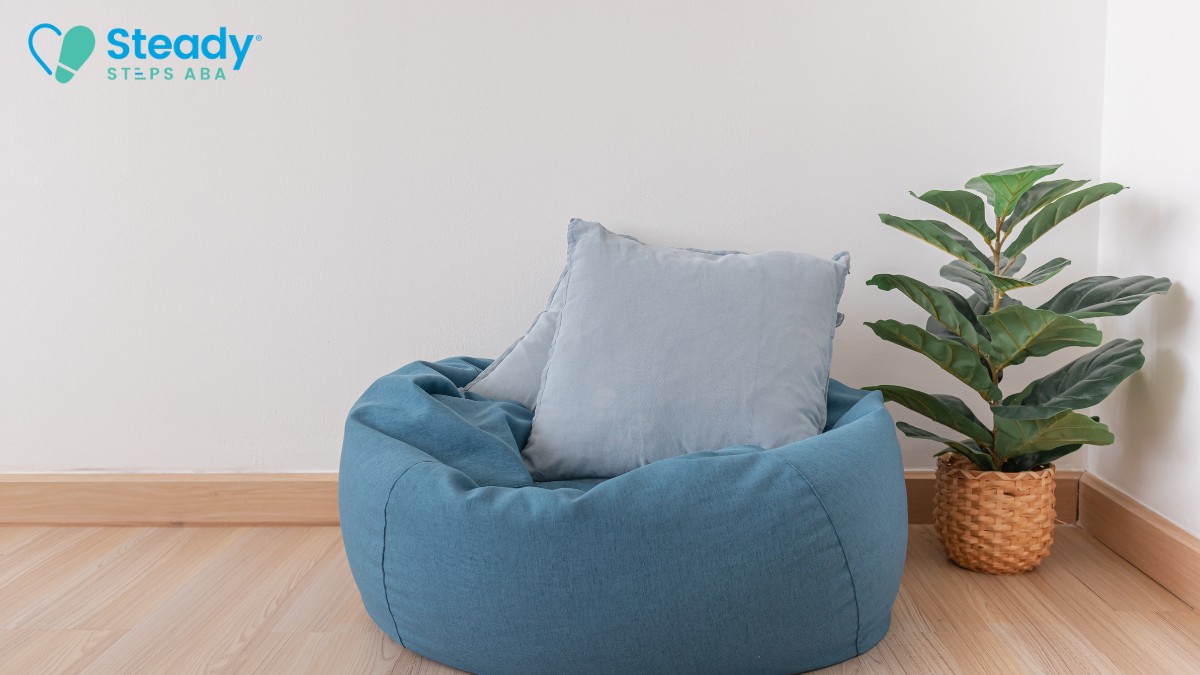
When Should You Introduce Weighted Bean Bags?
There’s no perfect age or milestone that dictates when to introduce weighted sensory tools. Instead, it depends on the child’s sensory needs, developmental level, and therapy goals. Some toddlers may benefit from small, lightweight bags, while older children might use them for focus or exercise.
Look for signs that suggest a child could benefit from weighted input:
- Frequent fidgeting or difficulty sitting still
- Crashing into objects or people
- Sensitivity to touch or textures
- Difficulty with transitions or focus
If any of these challenges are present, consult with your child’s occupational therapist or ABA provider to explore how weighted bean bags might help.
How Do Weighted Bean Bags Compare to Other Sensory Tools?
Weighted bean bags are just one option in a larger toolkit of sensory supports. They’re often compared with weighted blankets, compression clothing, or sensory swings. While each has unique benefits, bean bags offer specific advantages that make them especially helpful in therapy and home routines.
Key differences include:
1. Portability
Weighted bean bags are lightweight and compact, making them easy to transport and use across home, school, or therapy settings without special setup or equipment.
2. Versatility
They support both active sensory play—like tossing or movement games—and passive regulation when placed on the lap, shoulders, or back during quiet time.
3. Affordability
Compared to larger sensory tools like swings or weighted blankets, bean bags are budget-friendly and easy to replace if lost or damaged.
4. Customization
Bean bags come in various shapes, weights, and textures, allowing parents and therapists to tailor sensory input based on a child’s individual preferences and needs.
For parents looking to introduce calming strategies or reinforce focus, weighted bean bags offer a flexible, non-invasive place to start.
Foster Growth and Development With ABA Therapy
At Steady Steps ABA, we understand how powerful sensory tools like weighted bean bags can be when used in a well-rounded therapy plan. Our ABA therapy in Maryland is designed to meet your child where they are—supporting communication, self-regulation, and independence with personalized strategies.
We work closely with families to integrate sensory supports that improve focus, reduce meltdowns, and build confidence across settings. Our therapists use evidence-based approaches tailored to each child’s strengths and needs, including those with sensory processing challenges.
Get in touch with us today to learn how our ABA therapy in Maryland can help your child thrive through compassionate, individualized ABA therapy.

